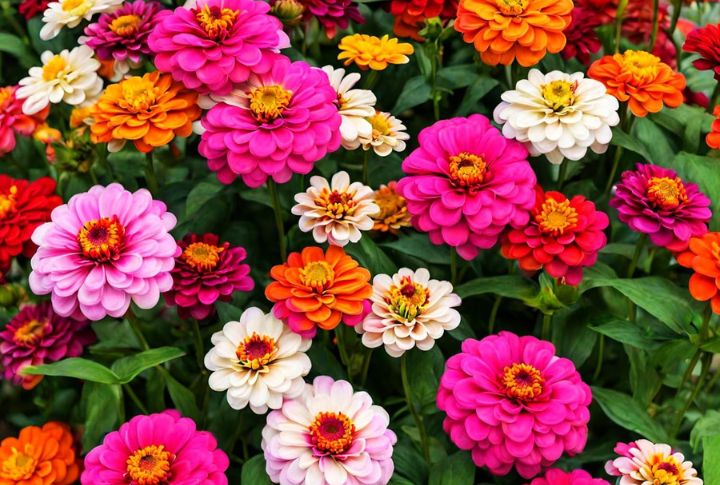
Zinnias may appear effortlessly bright and cheerful, but their stunning display often depends on the company they keep. Some plants may appear harmless, yet they quietly steal sunlight and nutrients—slowly dimming your zinnias’ vibrant glow. Up next, you’ll uncover ten unsuspecting culprits capable of turning a flourishing zinnia patch into a struggling one.
Geraniums
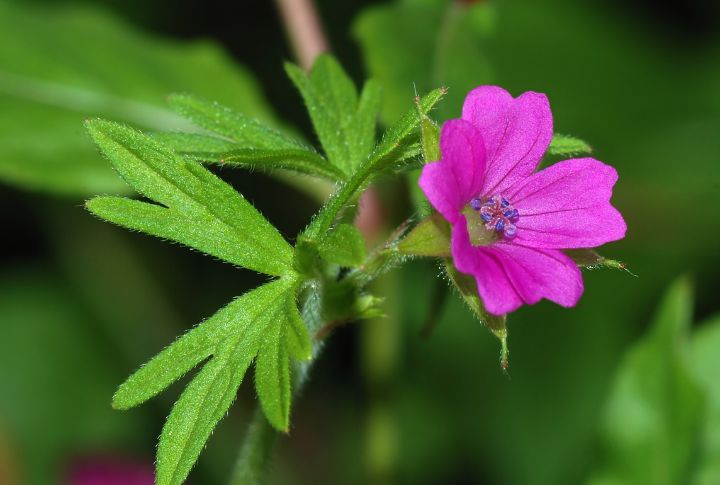
Geraniums bring vibrant pops of color and repel certain pests, which makes them a garden favorite. But when planted near zinnias, their dense root systems and fast-growing foliage can become problematic. They quickly compete for water and nutrients, often leaving zinnias undernourished and less able to produce their signature bold blooms.
Cucumbers
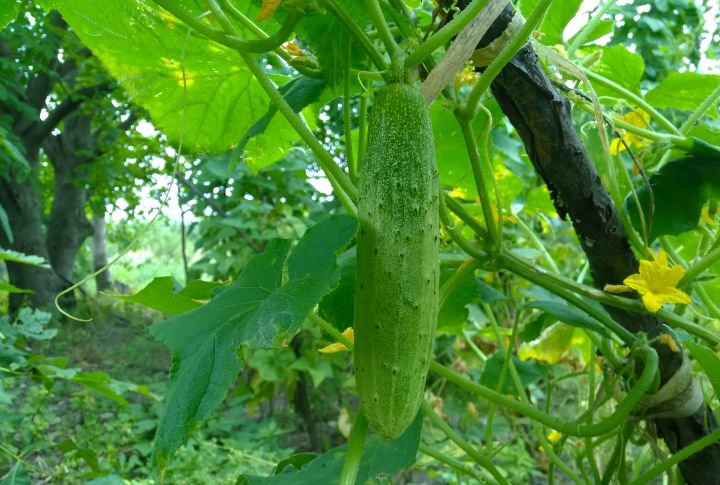
Cucumbers and zinnias might seem like natural companions. However, cucumbers have a way of taking over. Their long and sprawling vines spread fast, often creeping into nearby spaces and shading smaller plants like zinnias. They also need regular watering to stay crisp and are prone to powdery mildew if the leaves stay damp for too long.
Rosemary
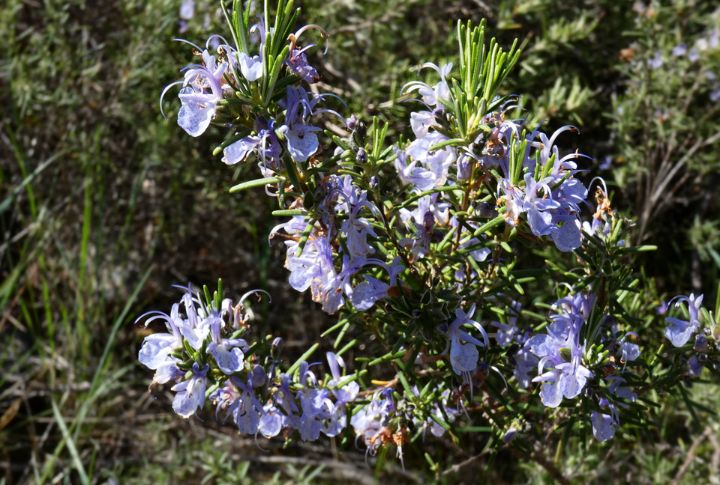
When gardeners notice their zinnias declining near rosemary, the issue often goes beyond soil preferences. Rosemary produces natural chemicals—a trait known as allelopathy—that can subtly hinder the growth of nearby plants, including zinnias. And while this rivalry can be tough on zinnias, rosemary still earns its place in the garden with its evergreen beauty and aromatic foliage.
Morning Glory
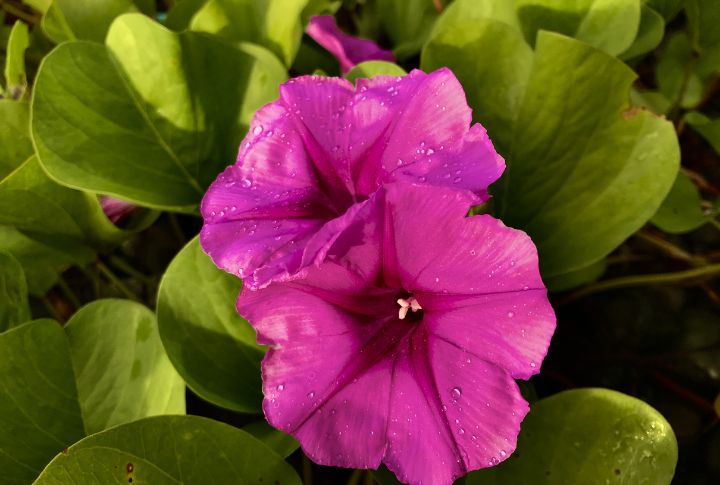
Each morning, the gentle unfurling of morning glory blooms seems harmless. However, its beauty masks a fierce competitor. These vines thrive in the same sunny, well-drained soil as zinnias, yet their vigorous climb soon creates problems. Morning glories spread across nearby plants, taking vital sunlight and nutrients. Gradually, zinnias weaken, their bright blooms fading beneath the vines’ persistent and overpowering growth.
Impatiens
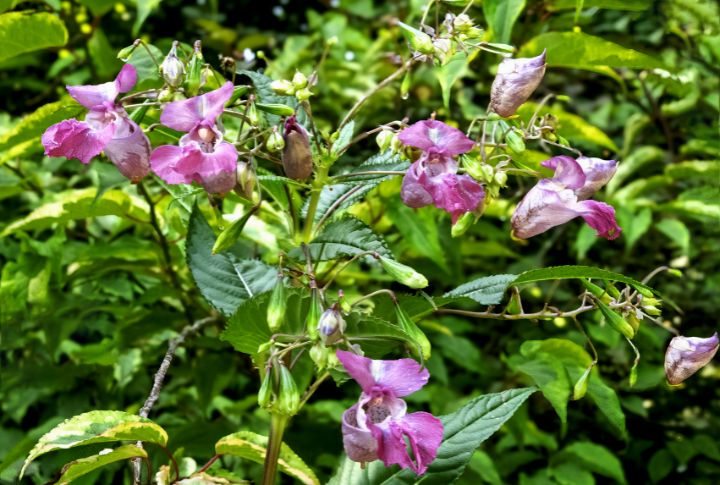
Ever wondered why impatiens are fondly called “Busy Lizzies?” Their endless bloom cycle and rich color palette make them the life of any shaded corner. Yet, despite their charm, they can quietly steal attention from zinnias. Their dense foliage spreads fast, and competes with nearby plants for space and nutrients. Over time, this quiet takeover can leave zinnias looking sparse and overshadowed.
Lavender
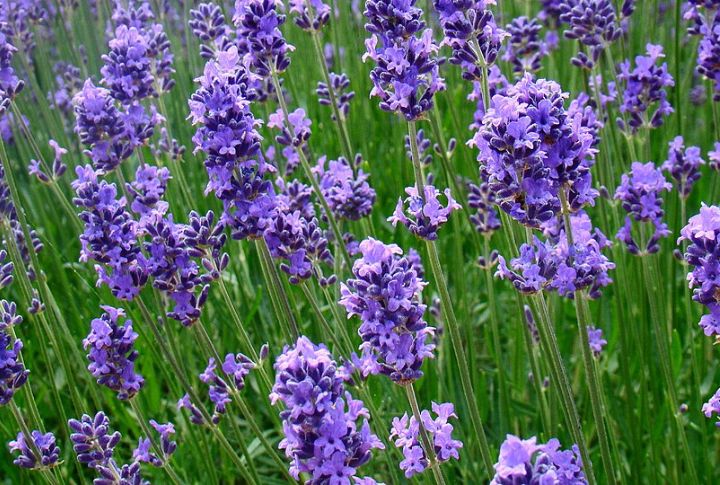
Lavender may win hearts with its calming scent and versatility in cooking, but it rarely complements zinnias in the garden. Its strong fragrance and natural oils can repel some of the pollinators that zinnias depend on for healthy flowering. Additionally, lavender’s dense growth habit limits airflow around nearby plants. Together, these factors leave zinnias underperforming, with fewer blooms and reduced vibrancy overall.
Tomatoes
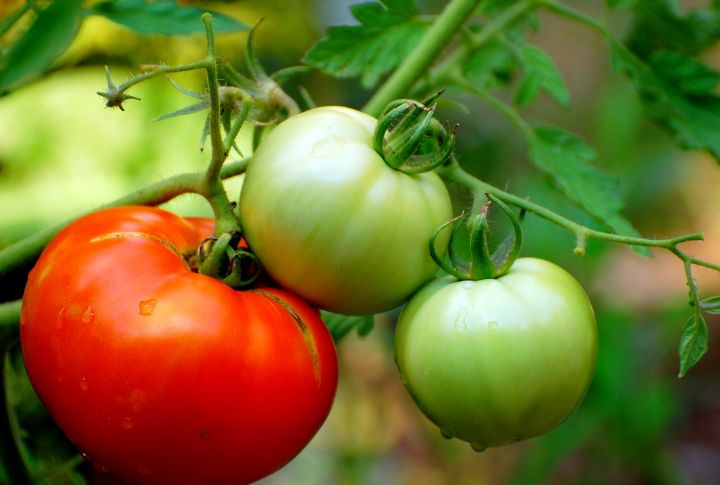
Many gardeners eagerly pair tomatoes and zinnias, drawn by their shared sunlight preferences and the pollinator-attracting benefits. However, this seemingly perfect partnership hides a few problems. Both plants compete for the same nutrients and are prone to similar fungal diseases like Alternaria blight—a fast-spreading infection that easily jumps between these vulnerable neighbors.
Mint
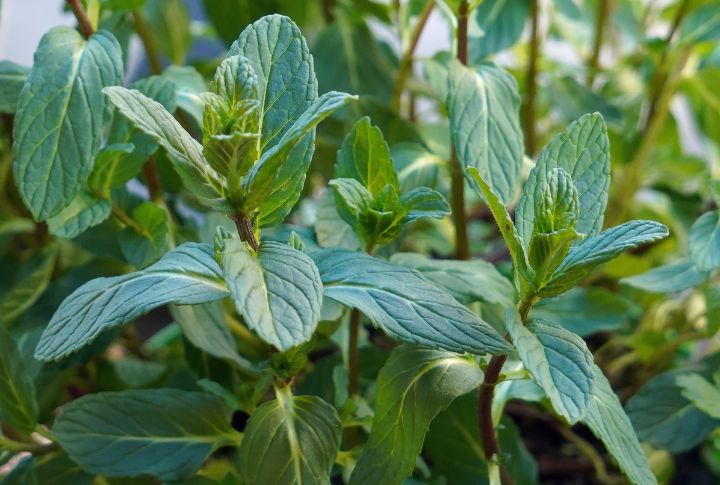
Don’t be deceived by mint’s refreshing aroma—it hides a competitive side. With its allelopathic traits and fast-spreading roots, mint quickly takes control of the space. The herb absorbs vital nutrients and exhausts the soil that zinnias depend on for steady growth. Before long, those once-vibrant blooms start to weaken, which results in the production of fewer flowers and the loss of the radiant charm that defines them.
Sunflowers

Picture a garden bed where cheerful zinnias reach for the sun, only to face the towering presence of grand sunflowers above them. Though both thrive in full sunlight, the sharp height contrast creates a major challenge. The sunflower’s dominant growth and allelopathic traits can restrict zinnia development, so plant sunflowers at the back to give zinnias enough light and room to grow.
Marigolds
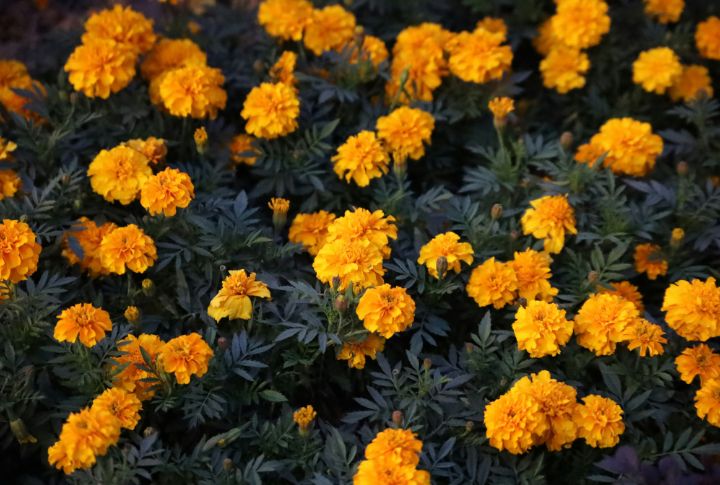
Why do some gardeners swear by marigolds while others blame them for struggling zinnias? The answer lies in spacing. When placed apart, these flowers can work together, as marigolds naturally fight off nematodes. Planting them too close? It triggers chemical interference with zinnia seeds, nutrient competition, and shared vulnerability to pests and powdery mildew.

